13 Wild Animals in Djibouti [Wildlife in Djibouti]
Want to know more about the wildlife in Djibouti?
Discover 13 wild animals in Djibouti in this post, as well as interesting facts about them. 🇩🇯
Learn All About Djiboutian Animals
Ready to learn all about Djiboutian animals?
I’ve always been fascinated by animals and by how they can be so different from one country to another. In this guide, we’ll focus on the many animals Djibouti has on the land, in the sky, and underwater.
I’ve split the guide into 4 categories:
- Native animals from Djibouti
- Endangered animals of Djibouti
- What is Djibouti national animal?
- How many animals native to Djibouti?
Let’s dive in right away with our first category!
Native Animals from Djibouti
Djibouti is a small country located in the Horn of Africa, below the Sahara. It is one of the smallest countries in all of Africa, and it used to be a French colony. It is bordered by Somalia, Eritrea, and Ethiopia, and its capital city and largest city is also named Djibouti, and it counts more than 302,000 inhabitants (but more than 600,000 if you include the metropolitan area).
An interesting part of the country that I wanted to tackle is its wildlife. In light of that, I have listed the best of it, and I hope you will love learning what animals live in Djibouti.
Here’s the Djibouti animals list.
1. Hamadryas baboon
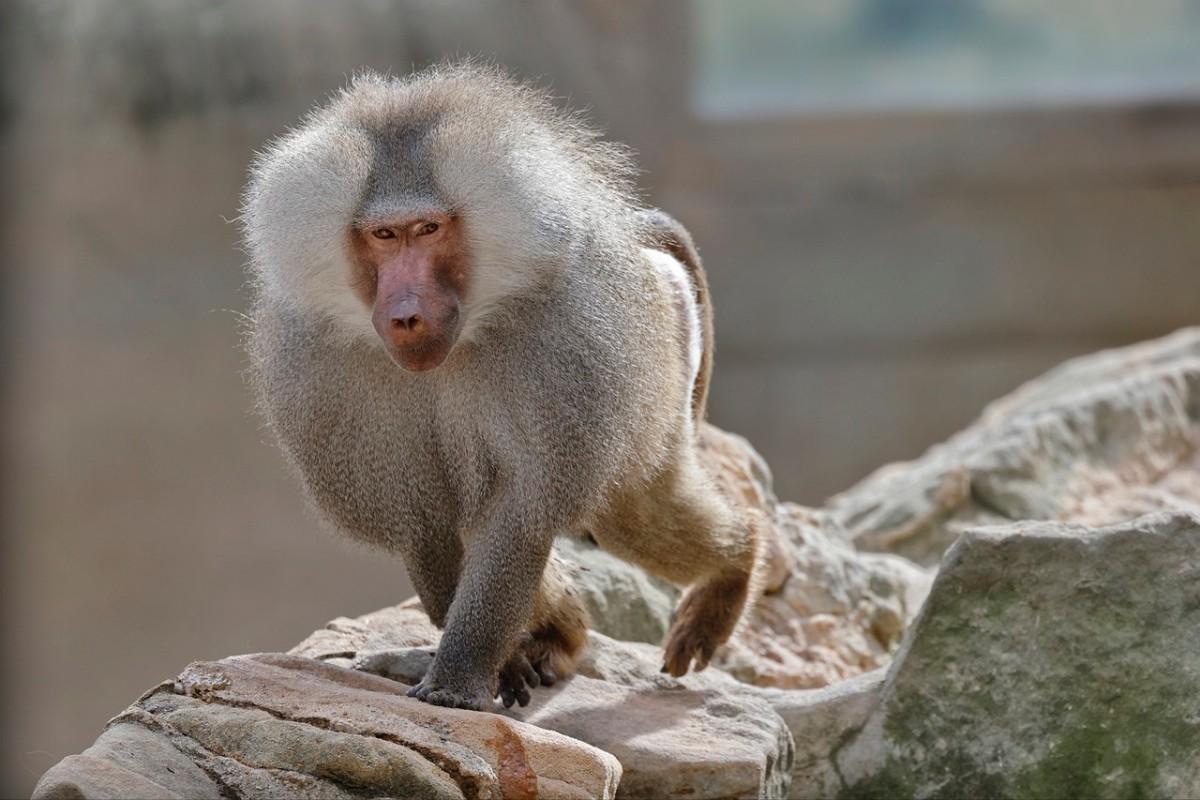
- Name: Hamadryas baboon
- Scientific name: Papio hamadryas
- Conservation status:
The hamadryas baboon is a species of Old World monkey native to the Horn of Africa and the southwestern parts of the Arabian Peninsula. It is the northernmost species of all baboons and lives in a region where there are fewer natural predators than in the rest of Africa.
Interestingly enough, the hamadryas baboon was sacred in ancient Egyptian religion, which is why it is sometimes referred to as the sacred baboon!
2. Steppe eagle
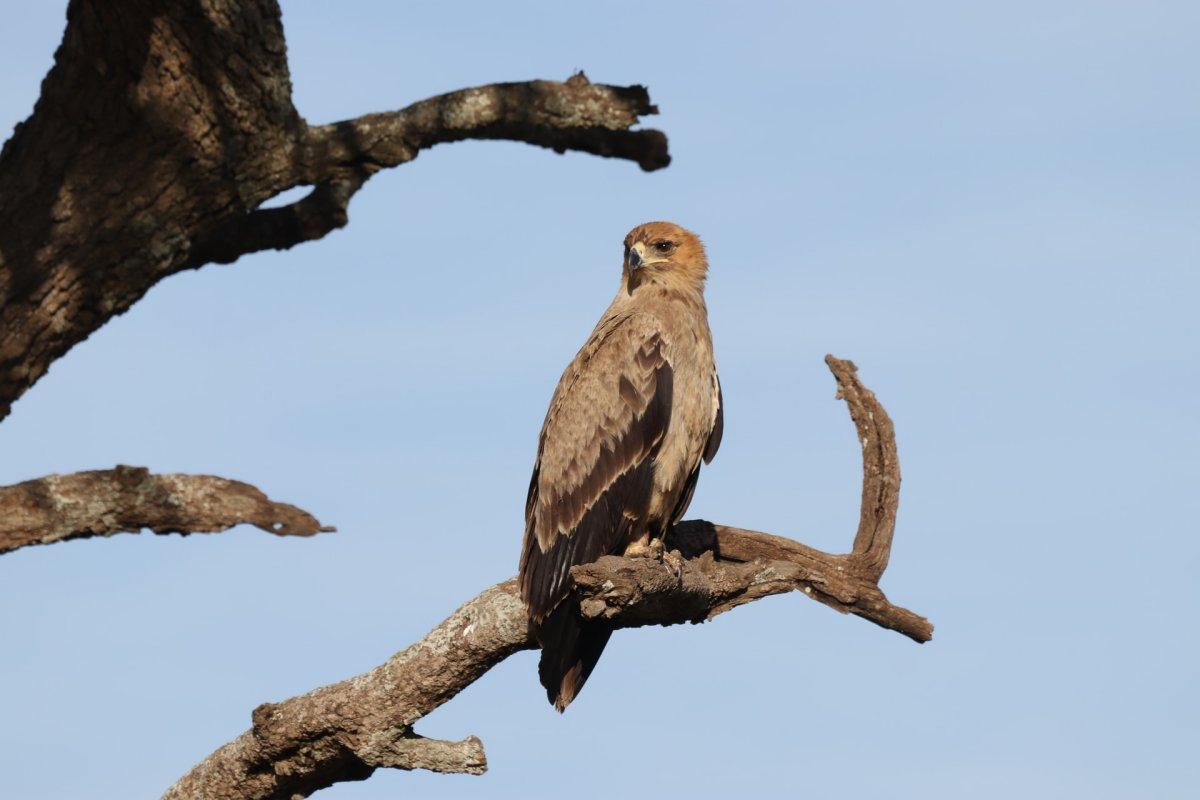
- Name: Steppe eagle
- Scientific name: Aquila nipalensis
- Conservation status:
The steppe eagle is one of the most common raptors in Djibouti. It is a very unique species of eagle, as it specializes in hunting for ground squirrels, is the only eagle to nest on the ground, and feeds on insects, carrion, and landfills in the winter.
This eagle lays 2 to 3 eggs, and, usually, 1 to 2 fledglings will rise. Sadly, the global steppe eagle population is steadily declining by more than 50 percent due to persecution by humans, disturbance, and electrocution.
3. Egyptian vulture
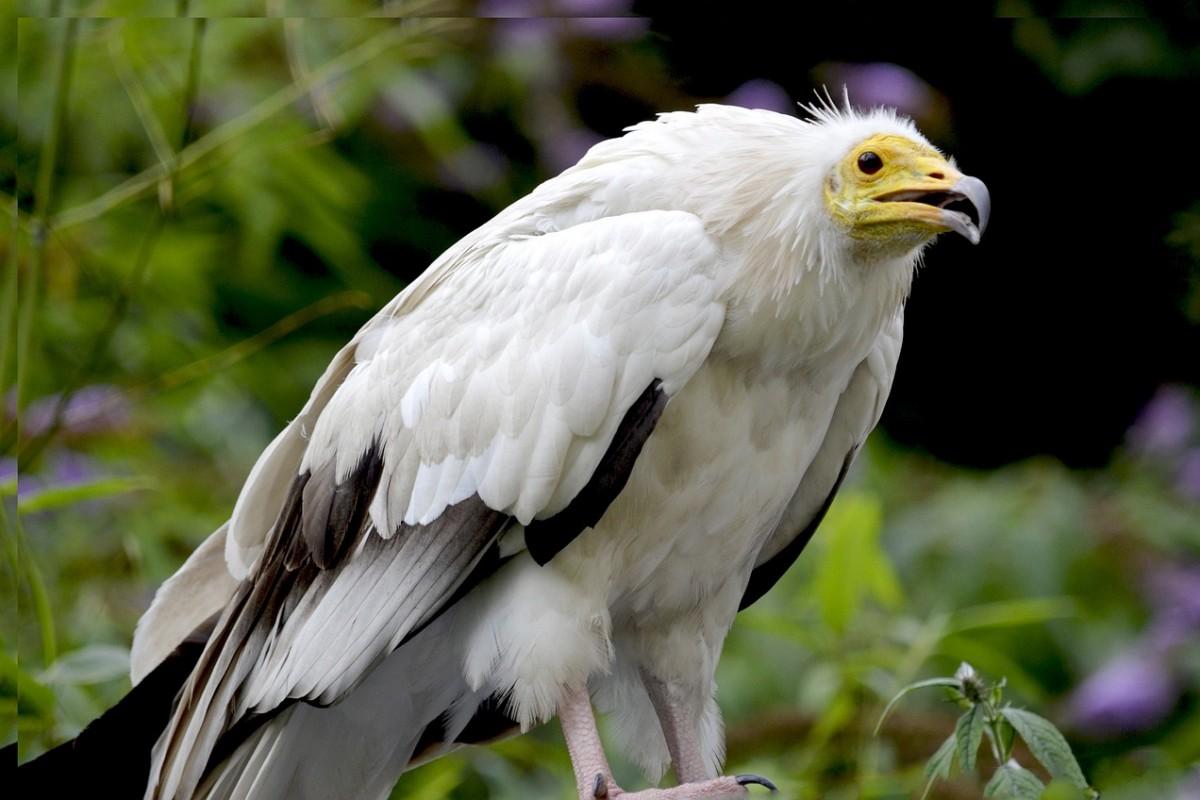
- Name: Egyptian vulture
- Scientific name: Neophron percnopterus
- Conservation status:
Even though Djibouti is quite far from Egypt, one of the things they have in common is the Egyptian vulture. Despite its name, this scavenger, also known as the pharaoh’s chicken, is widely distributed from the Iberian Peninsula to western Asia, the Indian subcontinent, and sub-Saharan Africa.
Living either a solitary life or in pairs, this vulture is known to use tools such as stones to crack large eggs. Though it does not have many natural predators, it is severely threatened by intentional poisoning, electrocution, and hunting.
4. Desert warthog
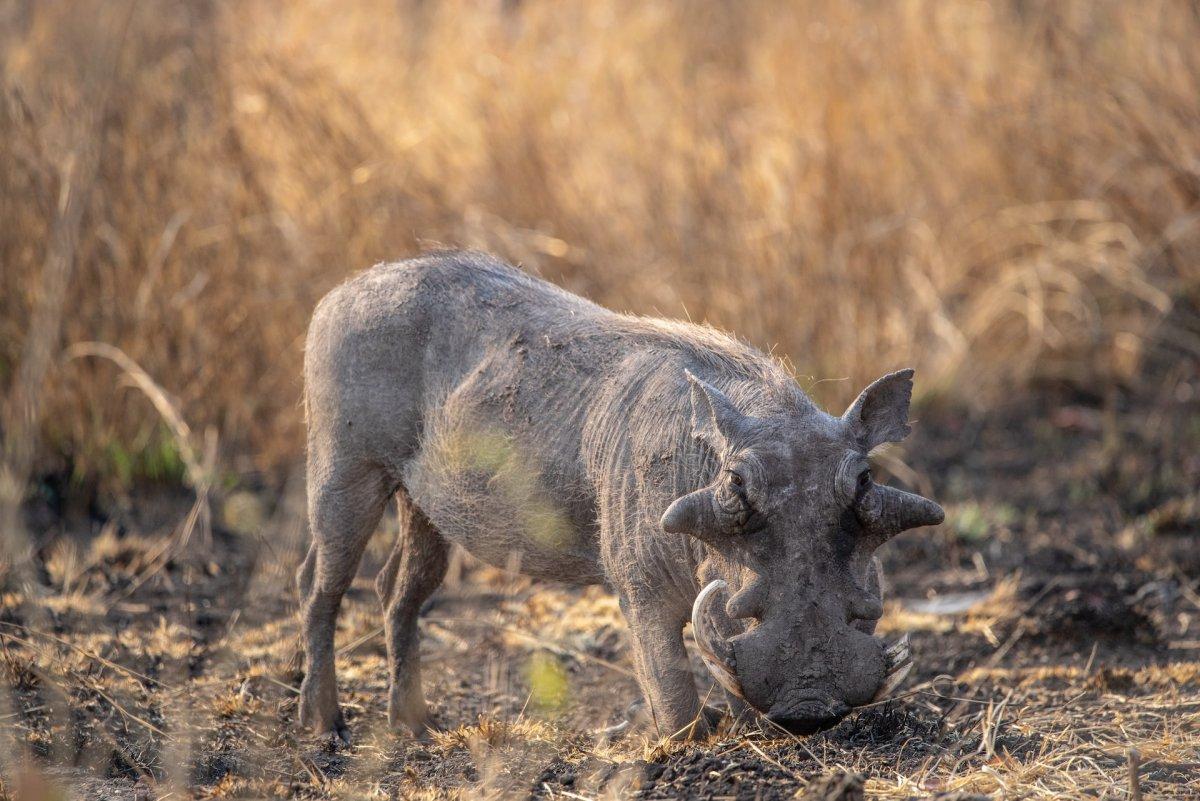
- Name: Desert warthog
- Scientific name: Phacochoerus aethiopicus
- Conservation status:
Opposite to the common warthog, the desert warthog has a much smaller range and is not endangered. Only one subspecies remains nowadays, the Somali warthog, as the Cape warthog became extinct around 1865, and it lived in South Africa.
The desert warthog is native to the Horn of Africa, and it lives in social groups made of females and their offspring, as males prefer to live in solitude or in all-male groups.
5. Northeast African cheetah
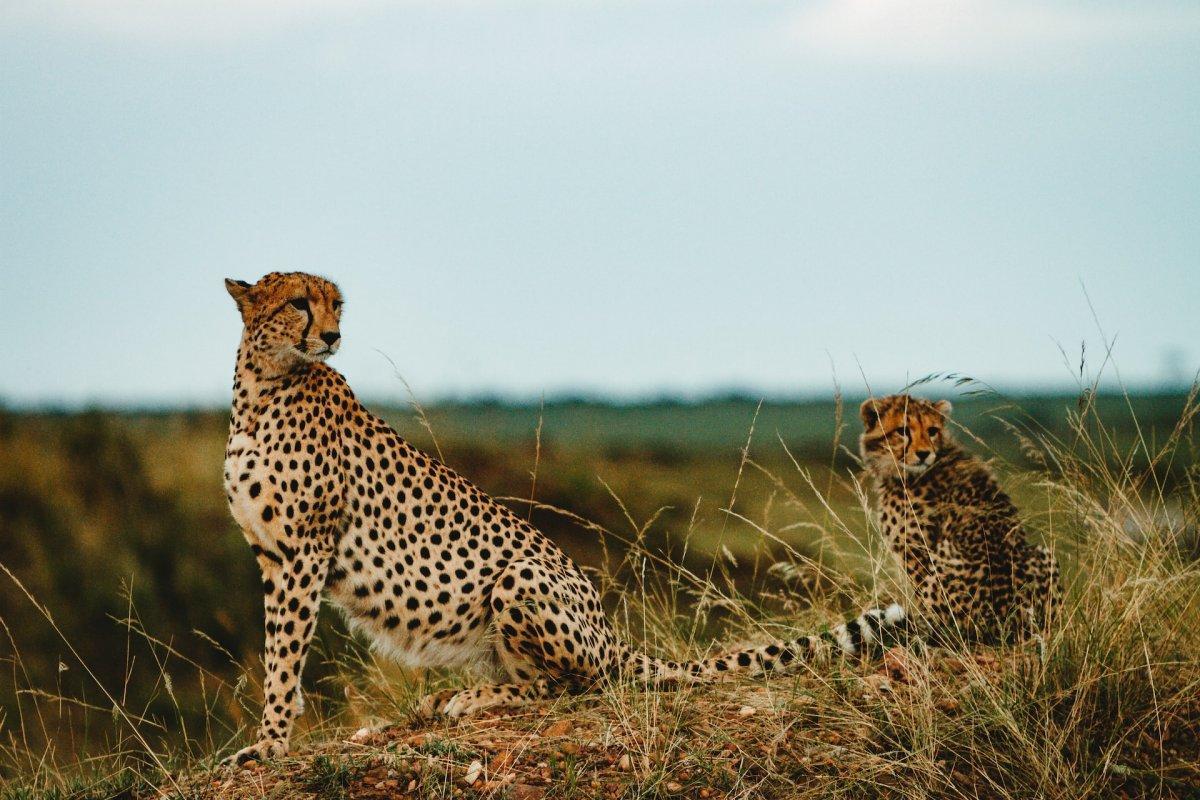
- Name: Northeast African cheetah
- Scientific name: Acinonyx jubatus soemmeringii
- Conservation status:
The cheetah is one of the most iconic animals in all of Africa, and even in the world: known to be the fastest land animal on the planet, it is a dreadful predator and a beautiful species of wild cat.
In Djibouti, the Northeast African cheetah is thought to be locally extinct in the wild, but there are refuges that help the population growing again.
6. Beira
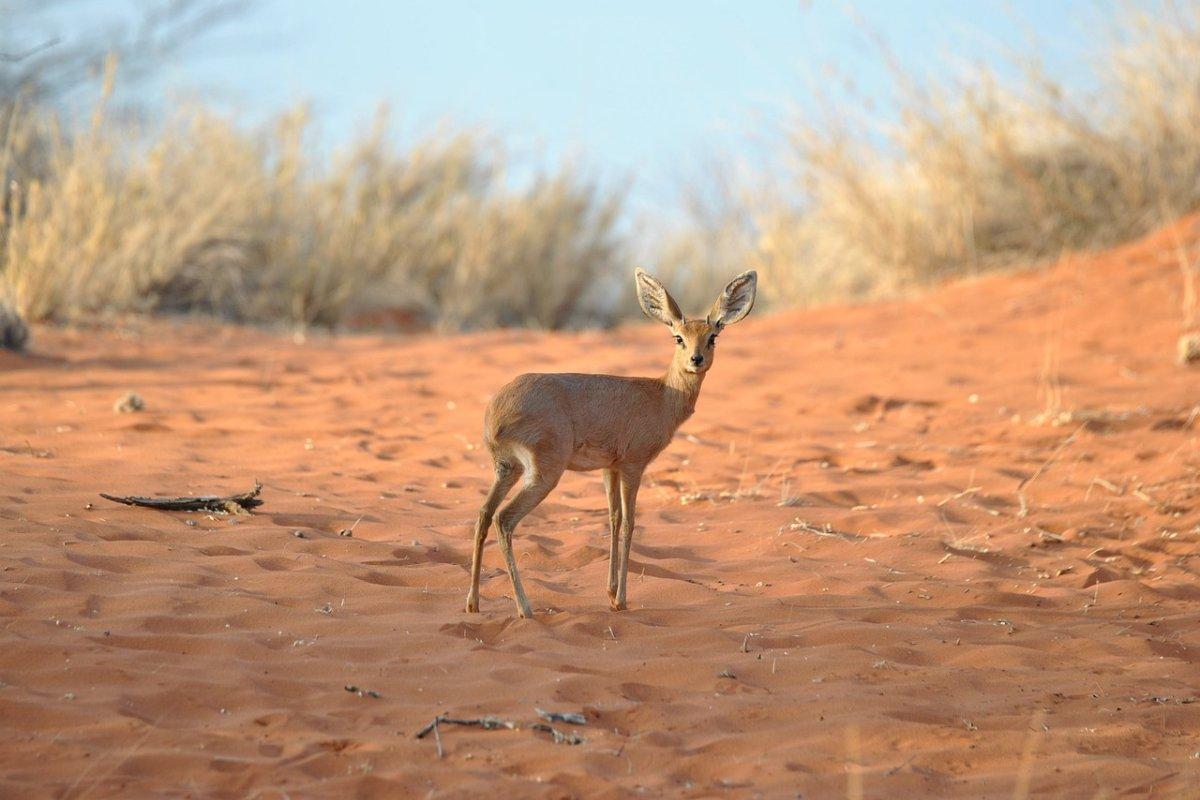
- Name: Beira
- Scientific name: Dorcatragus megalotis
- Conservation status:
The beira is a small, poorly-known species of antelope that inhabits the arid regions of the Horn of Africa, which includes Somalia, Djibouti, Somaliland, and Ethiopia. It has a coarse coat and a bushy tail and is perfectly adapted to harsh desert environments.
The reason for this antelope to be vulnerable is not hunting (because it is quite hard to see and reach in rocky habitats), but actually drought, agricultural expansion, and overgrazing.
7. Common buzzard
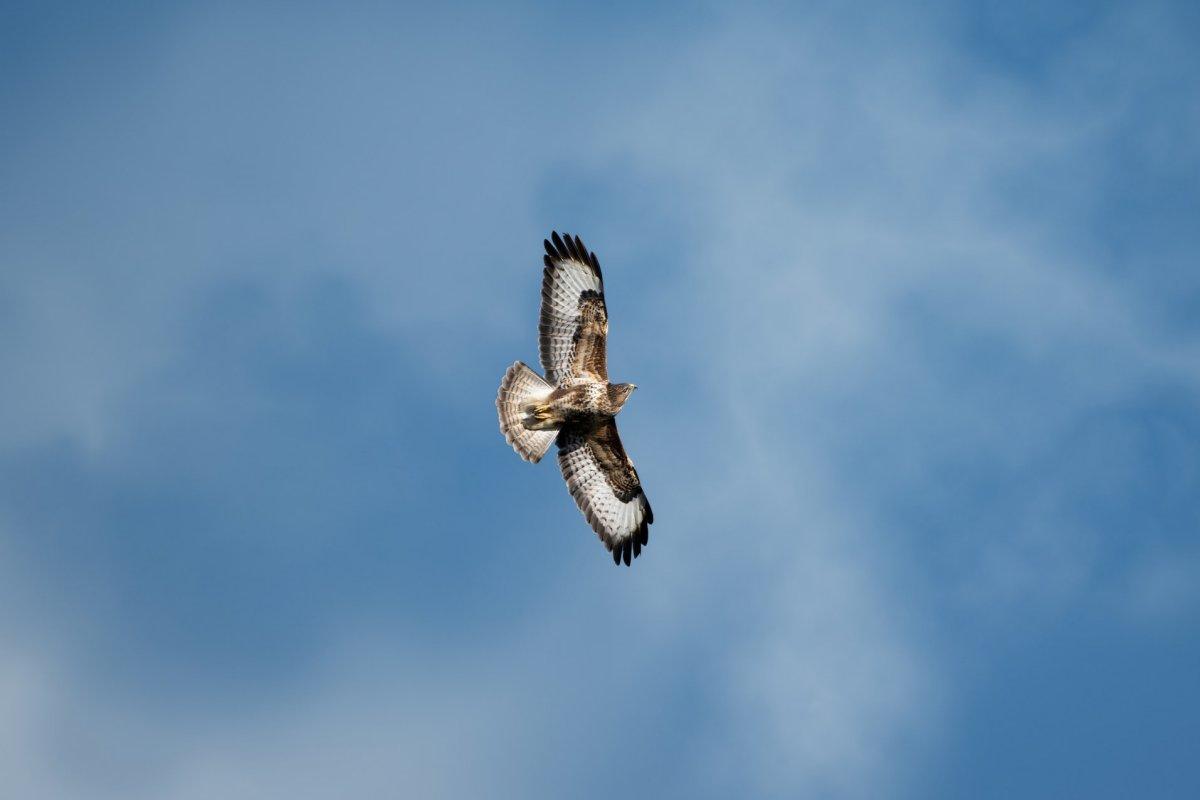
- Name: Common buzzard
- Scientific name: Buteo buteo
- Conservation status:
The common buzzard, also known as the steppe buzzard, is a medium-sized bird of prey with a large range: while it mostly lives in Europe, it can also be found in parts of Africa and western Asia, as it respectively migrates and breeds there.
It usually lives between open grounds and woodlands and preys on almost anything, from mammals and birds to fish, invertebrates, reptiles, and amphibians.
8. Hirola
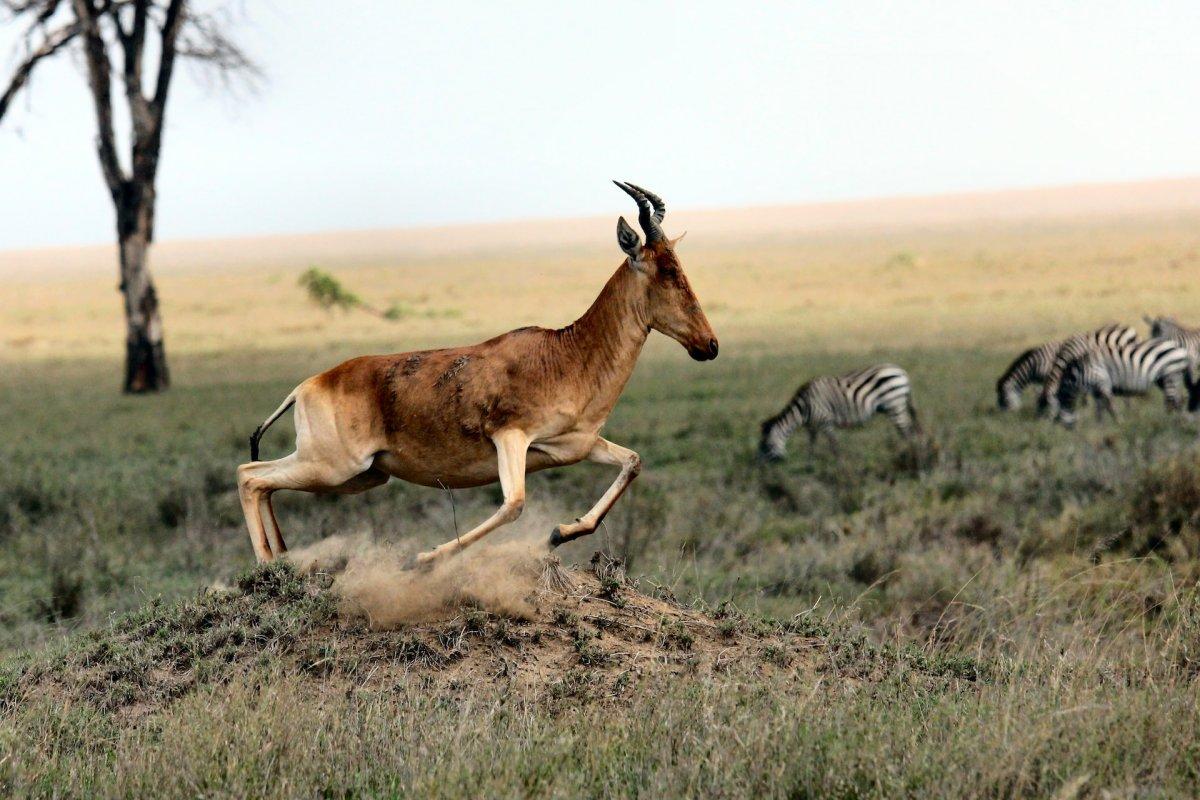
- Name: Hirola
- Scientific name: Beatragus hunteri
- Conservation status:
The hirola, also known as Hunter’s antelope or Hunter’s hartebeest, is a species of antelope native to eastern Africa. It is critically endangered and on the brink of extinction due to disease, severe drought, predation, hunting, habitat loss, and competition for water and food. In only 2 years, from 1983 to 1985, its population declined by about 85 to 90 percent!
Now, some populations are scattered throughout Africa, but only 402 to 466 individuals remain.
9. Abyssinian genet
- Name: Abyssinian genet
- Scientific name: Genetta abyssinica
- Conservation status:
The Abyssinian genet, also known as the Ethiopian genet, is a species of genet native to Djibouti, Ethiopia, Eritrea, Sudan, and Somalia. It is one of the least-known species of genet and is therefore listed as data deficient.
This animal lives in coastal plains and mountain moorlands and has a long tail, a short face, and short legs. It is threatened by habitat fragmentation, but we cannot know for sure the real evolution of its population.
10. Hawksbill sea turtle
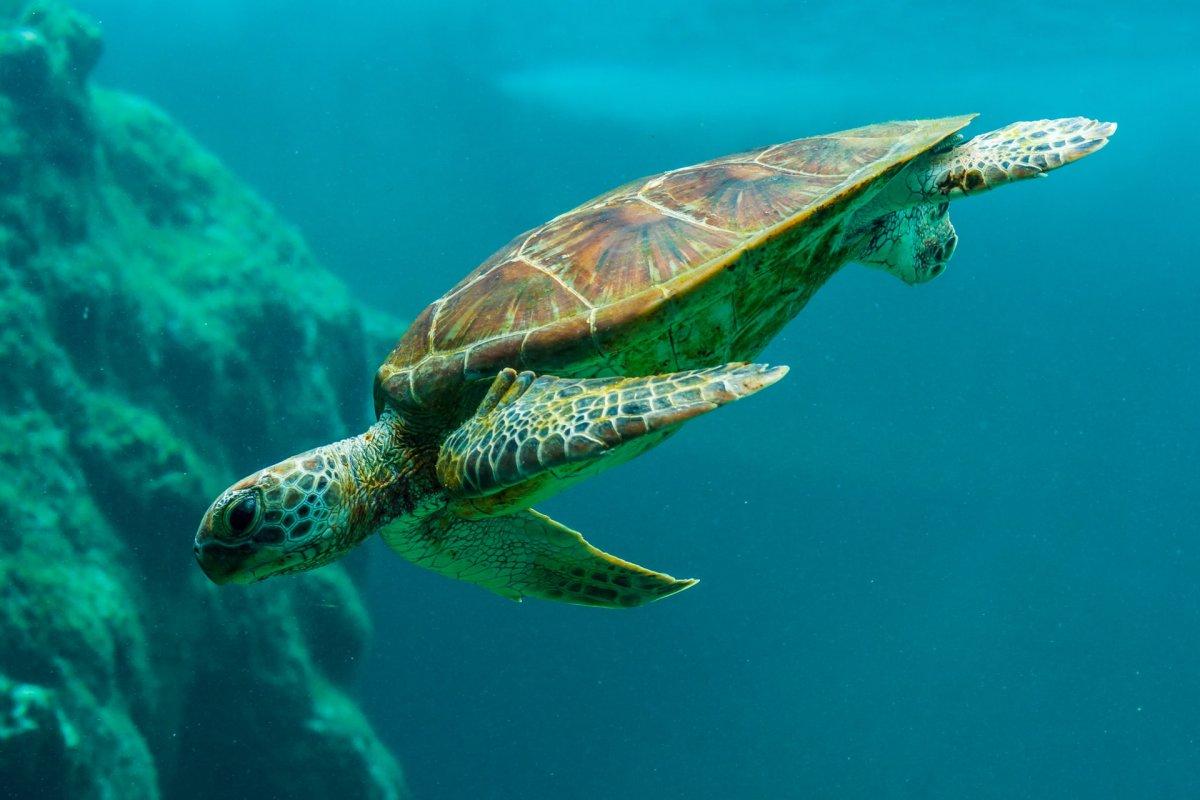
- Name: Hawksbill sea turtle
- Scientific name: Eretmochelys imbricata
- Conservation status:
The hawksbill sea turtle is one of the most famous species of sea turtles. It has a worldwide distribution but likes to nest in tropical beaches such as the ones of Djibouti.
Due to overhunting and accidental fishing, this turtle is critically endangered, and may very well disappear in the upcoming years. It was the main source of tortoiseshell material for decoration and is also endangered by human light disturbance.
11. Rüppell’s vulture
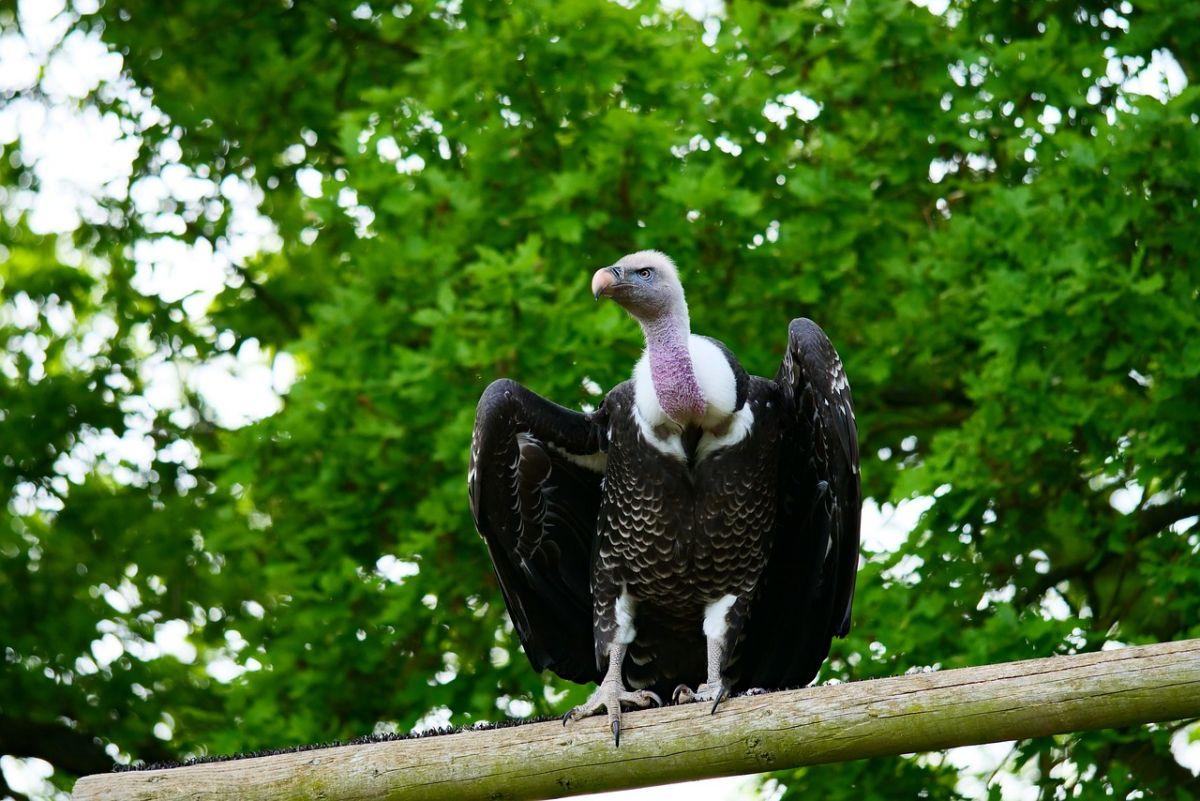
- Name: Rüppell’s vulture
- Scientific name: Gyps rueppellii
- Conservation status:
Rüppell’s vulture, also known as Rüppell’s griffon, is a large bird of prey native to eastern Africa and the Sahel region. It inhabits grasslands, woodlands, and mountains, and is not to be confused with the griffon vulture, a species native to Eurasia.
Believe it or not, Rüppell’s griffon is the highest-flying bird in the world, flying at up to 11,300 m / 37,000 ft above sea level!
12. Djibouti spurfowl
- Name: Djibouti spurfowl
- Scientific name: Pternistis ochropectus
- Conservation status:
The Djibouti spurfowl, also known as the Djibouti francolin, is a species of bird in the pheasant family. It is endemic to Djibouti and is sadly critically endangered. The reasons for that are a population decline of 90 percent in only 30 years because of habitat destruction, hunting, egg collecting, and other human disturbance.
It is held in high esteem by humans though, as it can be eaten by the Muslims, the major religion in the region, and also because it is part of the local folklore. It was even featured on 2 stamps!
13. Dugong

- Name: Dugong
- Scientific name: Dugong dugon
- Conservation status:
The dugong is a species of marine mammal that is quite peculiar. It is the only sirenian in its range, which is made of most coastal waters of East Africa, western India, and southeastern Asia.
It has no hind limbs or dorsal fin and can be distinguished from the manatee by its dolphin-like tail and its teeth and skull. It has been hunted for thousands of years for both its oil and meat, and is still quite important in some cultures, especially in the Pacific Islands.
—
So there you have them, these were my 13 wild animals in Djibouti. I hope you enjoyed this list and that you learned something new today.
In case you want to learn more about Djibouti wildlife, feel free to keep reading, as I still have lots of things to tell you about:
Endangered Animals of Djibouti
This is definitely the saddest part of the list, but it is essential to raise awareness. Because of this, let’s go through the list of endangered animals in Djibouti.
Here are the animals in danger of extinction in Djibouti.
- None
- Halavi guitarfish
- African wild ass
- Great hammerhead
- Whitespotted wedgefish
- Oceanic whitetip shark
- and 8 more…
- African spurred tortoise
- Lappet-faced vulture
- Whale shark
- Pelagic thresher
- Egyptian vulture
- and 20 more…
To see the full list of endangered species in Djibouti, head over to the International Union for Conservation of Nature’s Red List.
What is the National Animal of Djibouti?
The national animal of Djibouti is the dromedary.
Actually, there is no official national animal in Djibouti, however, the most common ones of them are the dromedary, the zebra, and the ostrich, and the dromedary is probably what best represents the country.
Also known informally as the Arabian camel, it is a large ungulate with one hump made of fat on its back, contrary to the camel that has 2 of them. It has a narrow chest and a long, curved neck.
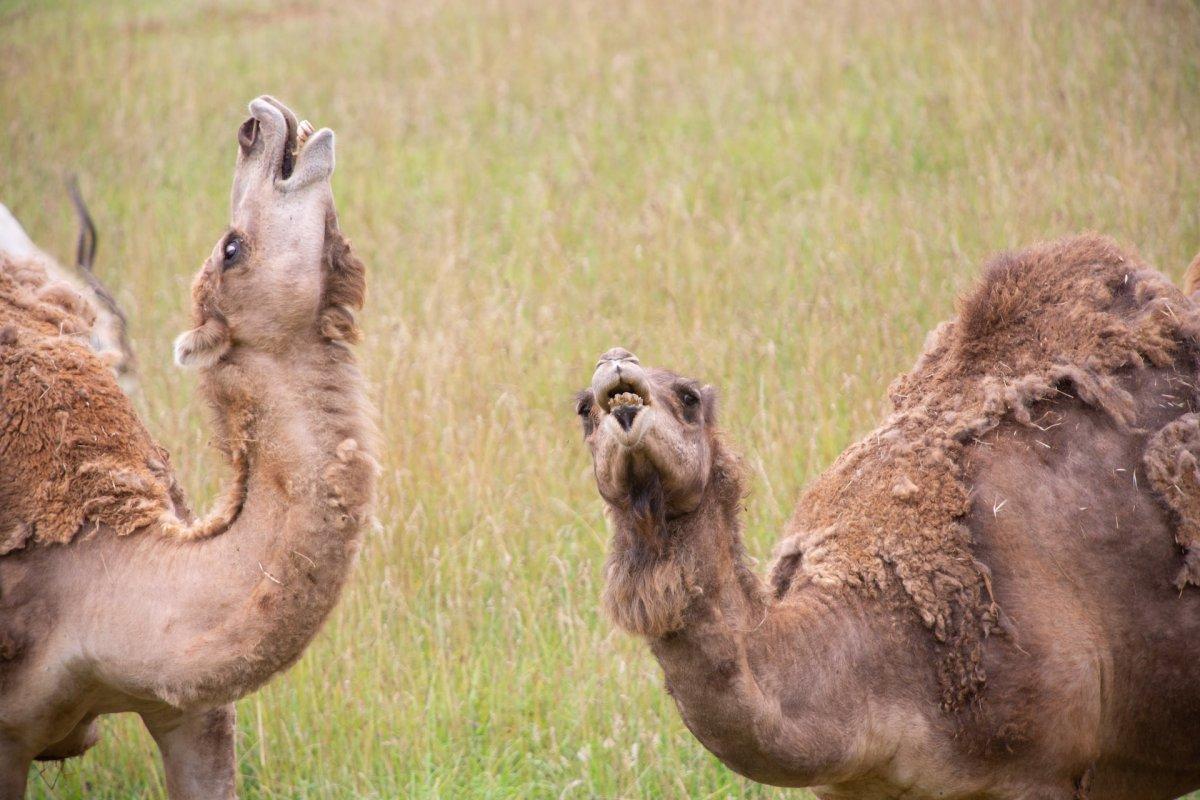
How Many Animals Native to Djibouti?
What is the diversity of native animals in Djibouti?
Let’s look at the total number of species of Chordata (mammals, birds, fishes, and reptiles).
Total number of animal species in Djibouti: 1,503 (14,205 in total in sub-Saharan Africa)
More About Animals in the World!
Loved these Djibouti animal facts? Want to see what animals live in other countries?
Then check out these posts:
Or click here to see ALL the facts up on the blog! Spoiler alert: there’s A LOT of them.
Share the knowledge! Click on the buttons below to share information about these famous animals in Djibouti with your friends, and help them learn more about the world 🙂

![18 Wild Animals in United Arab Emirates [Wildlife in United Arab Emirates]](https://www.kevmrc.com/wp-content/uploads/2022/11/18-wild-animals-in-united-arab-emirates.jpg)
![50 Wild Animals in Brazil [Wildlife in Brazil]](https://www.kevmrc.com/wp-content/uploads/2022/06/50-wild-animals-in-brazil.jpg)
![28 Wild Animals in Botswana [Wildlife in Botswana]](https://www.kevmrc.com/wp-content/uploads/2022/12/28-wild-animals-in-botswana.jpg)